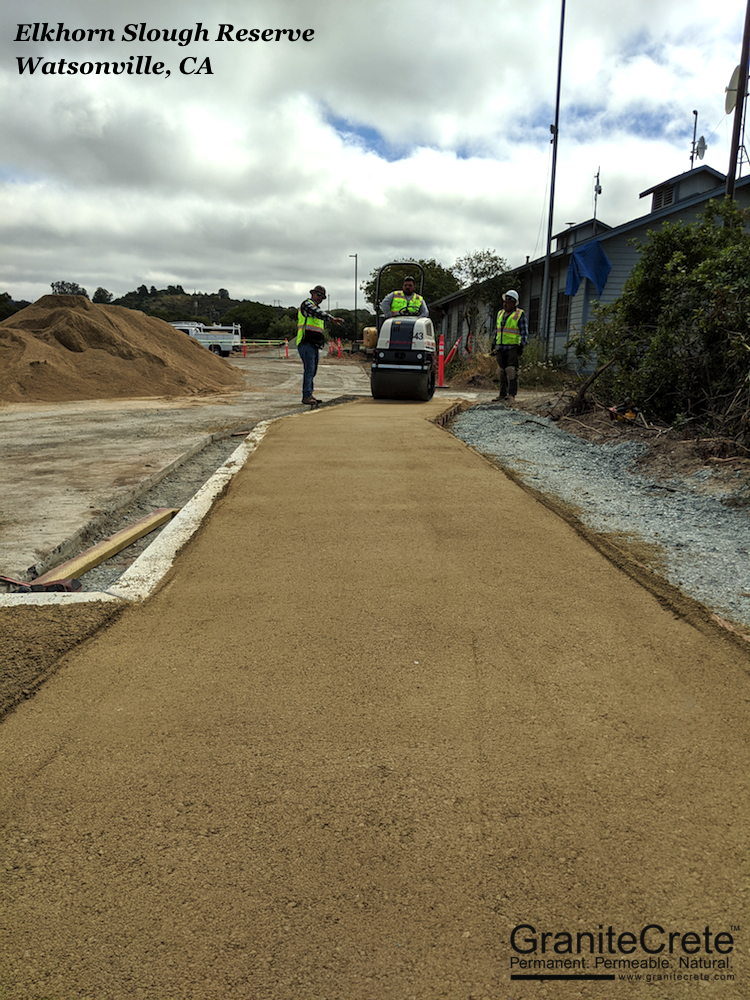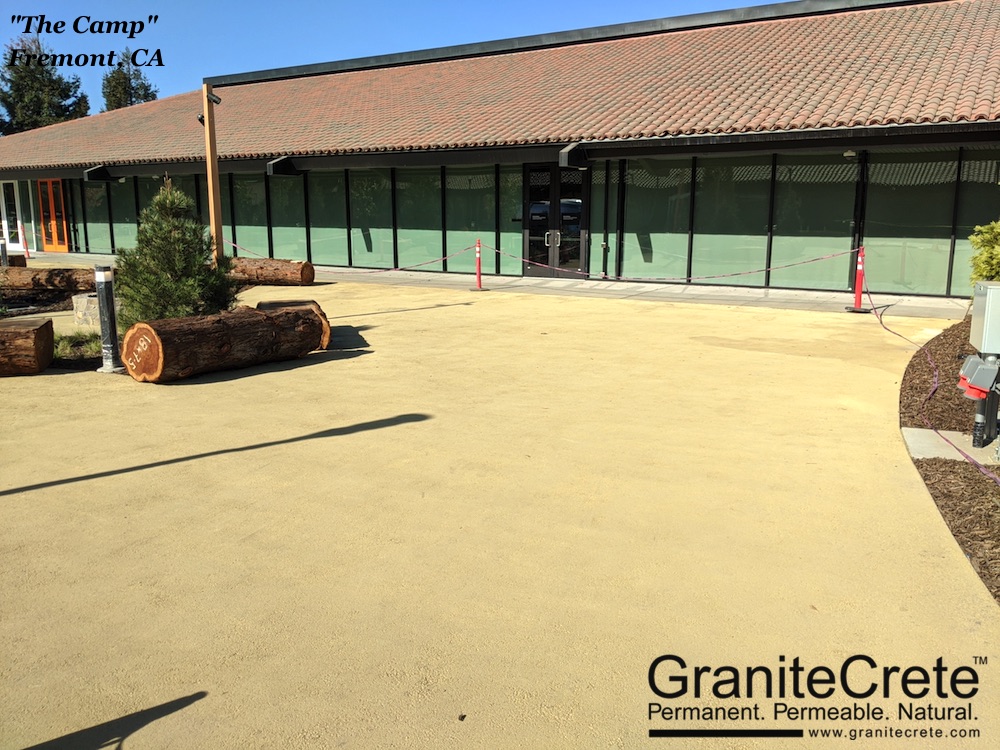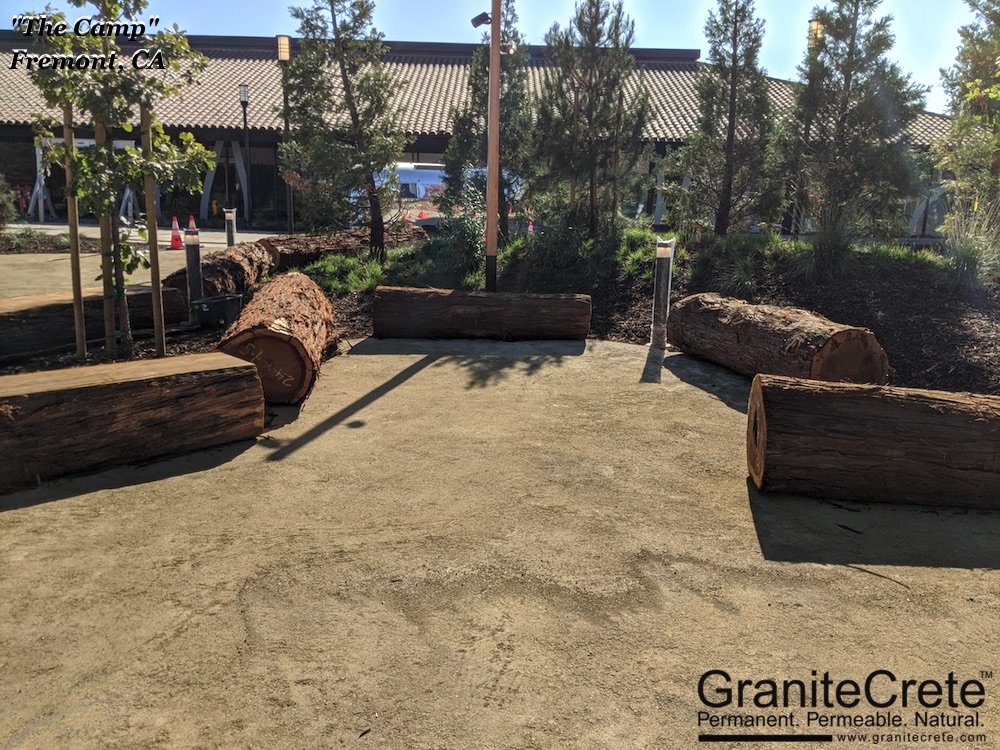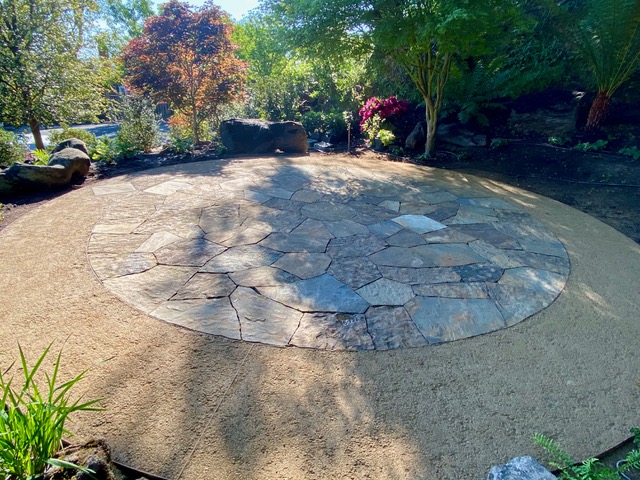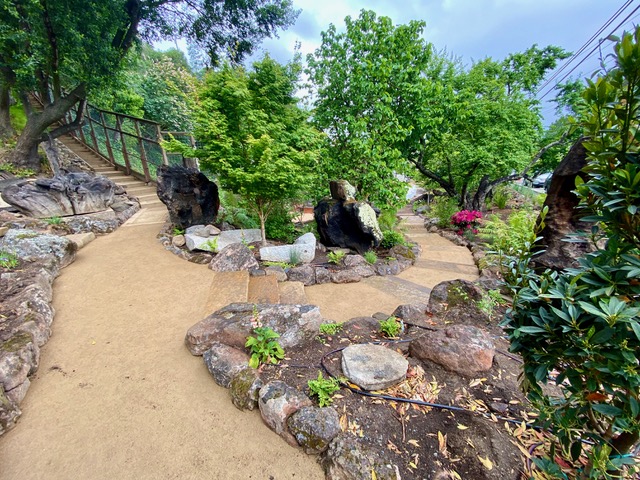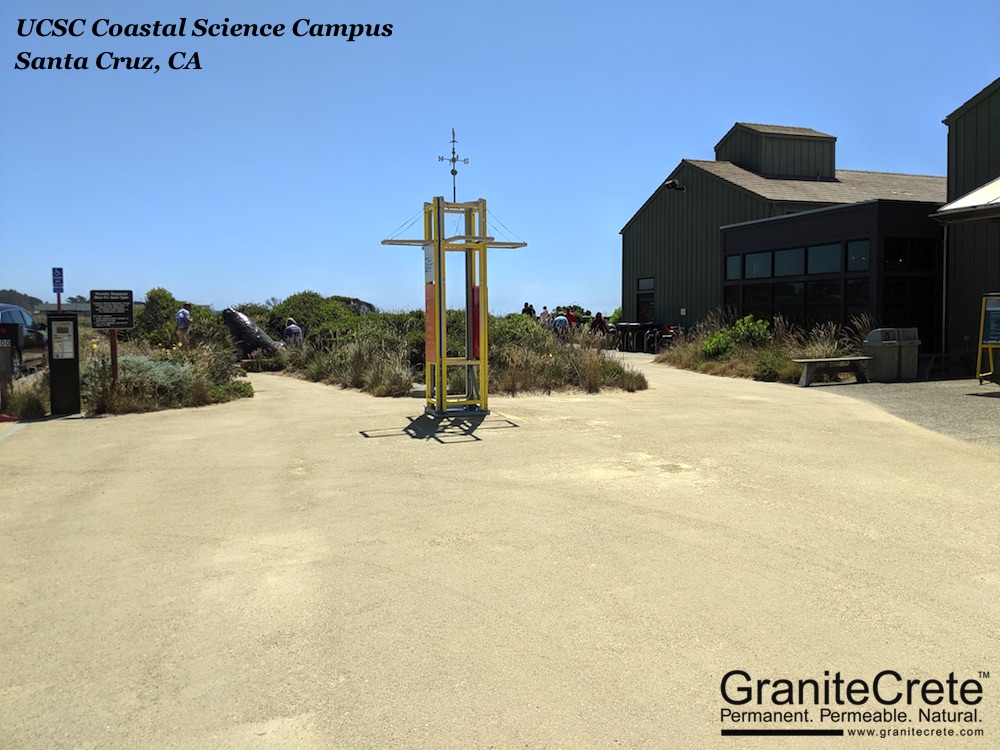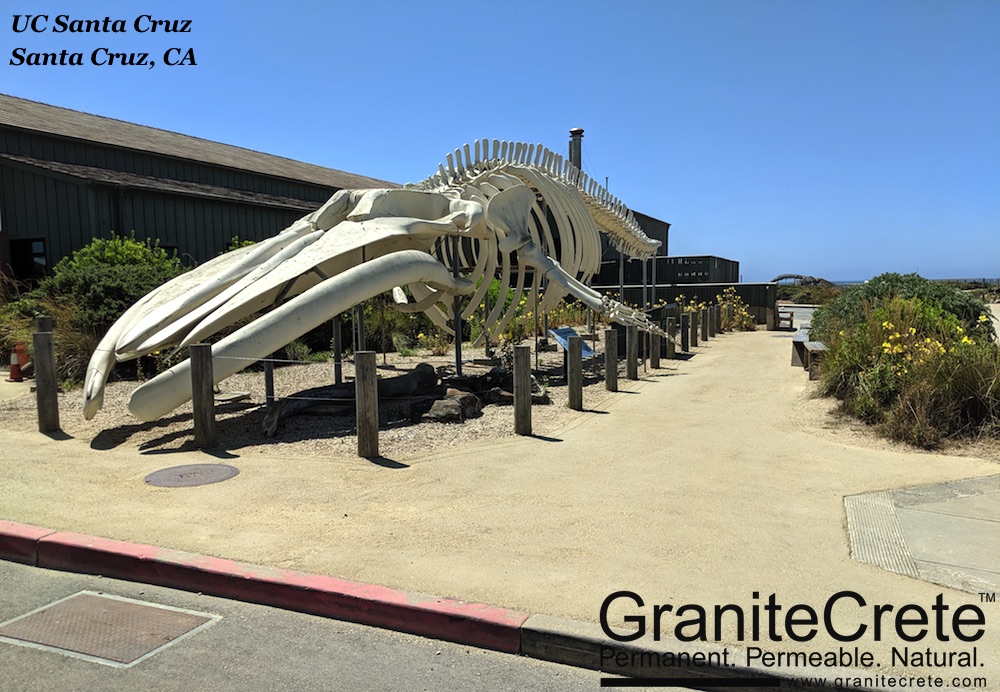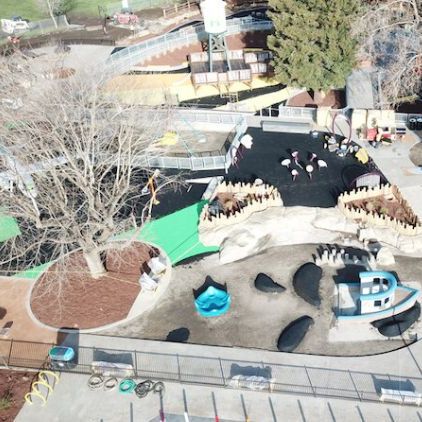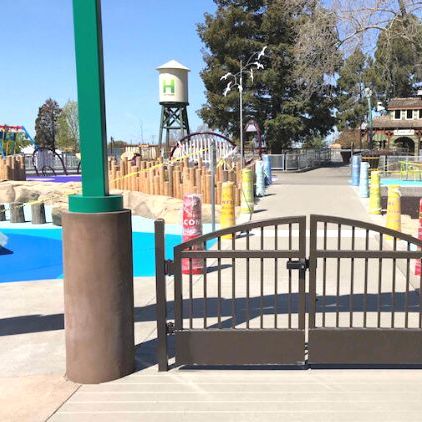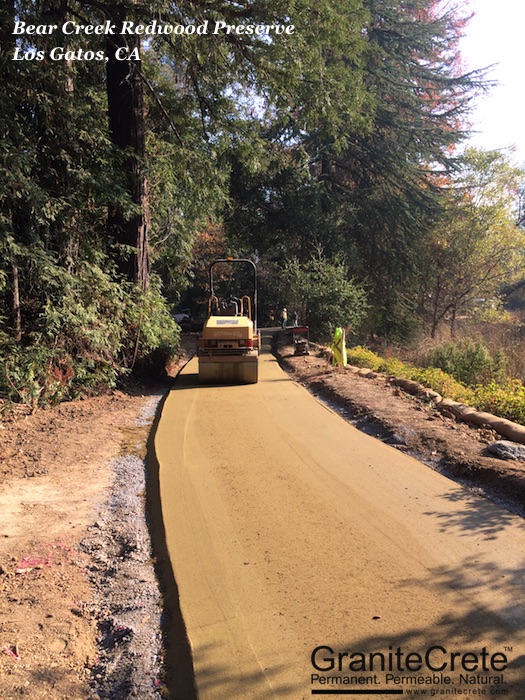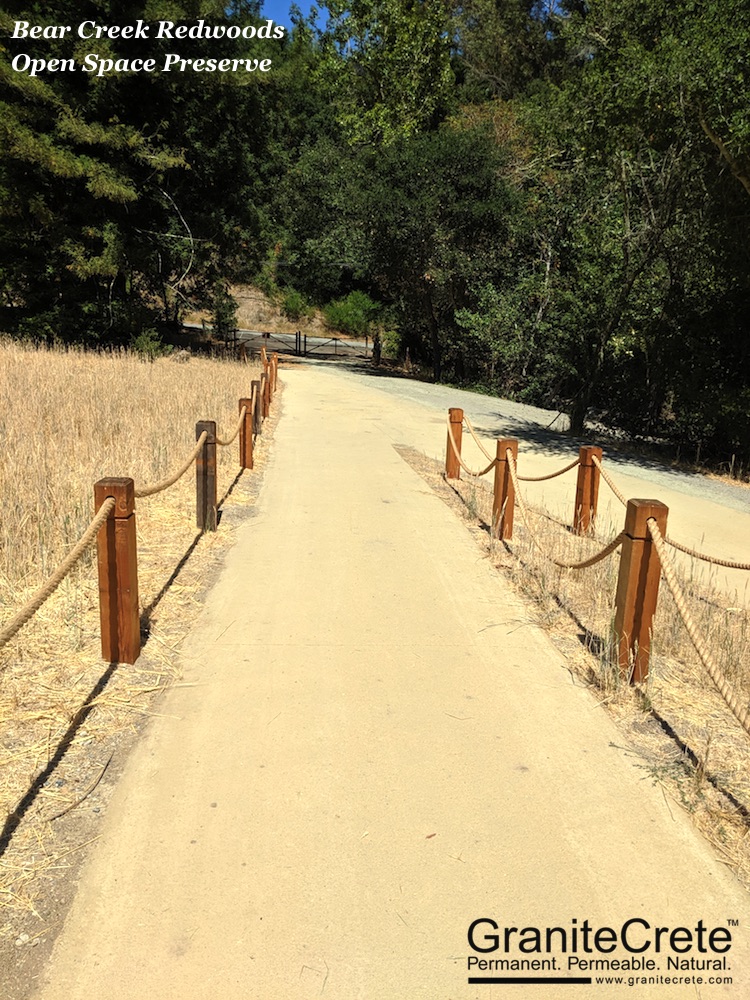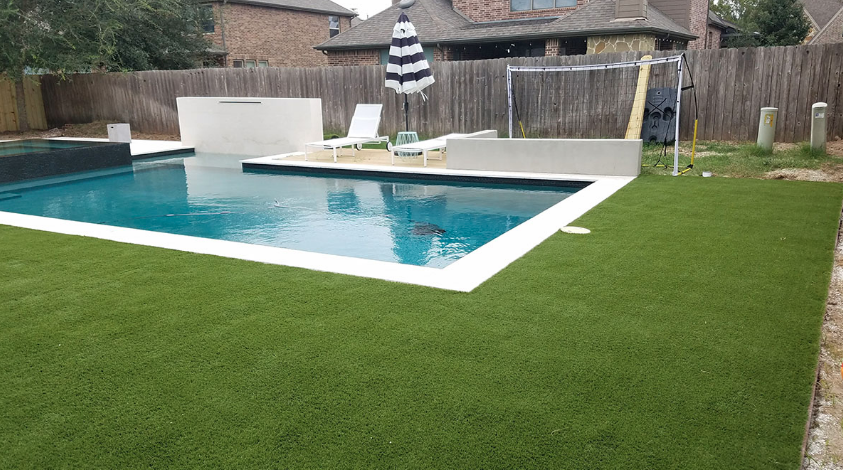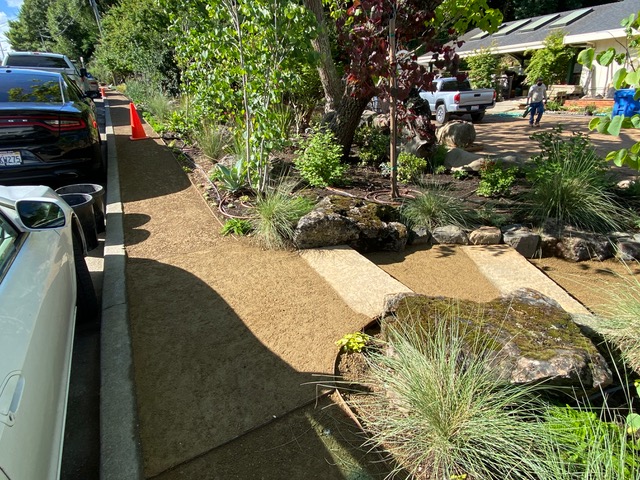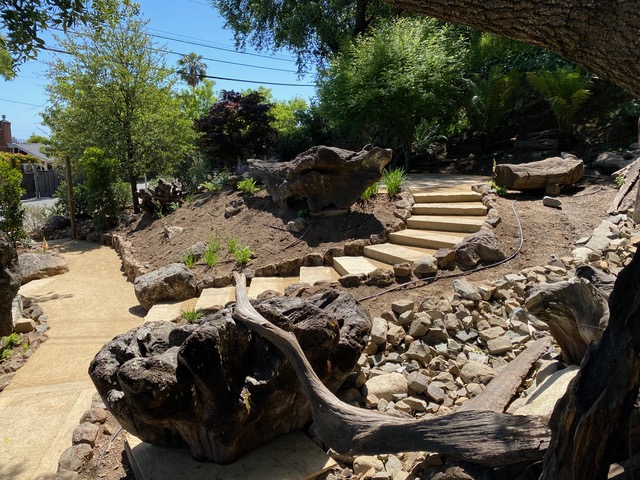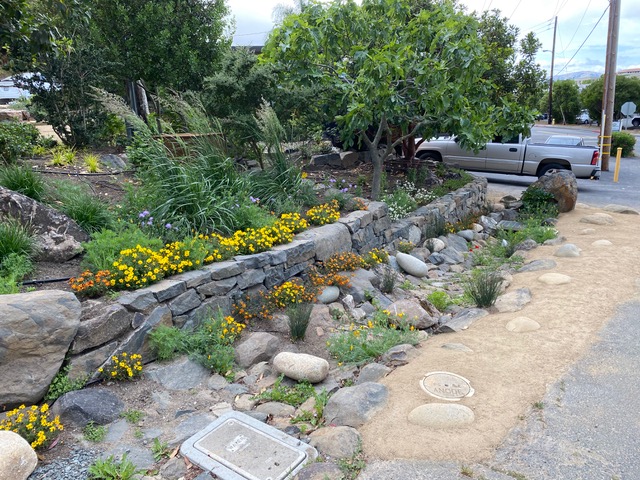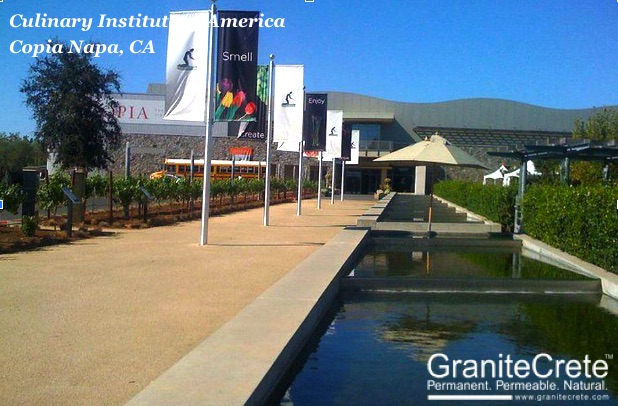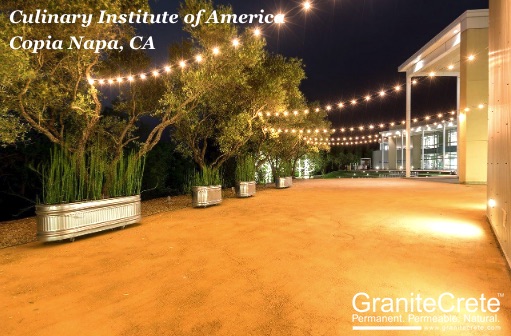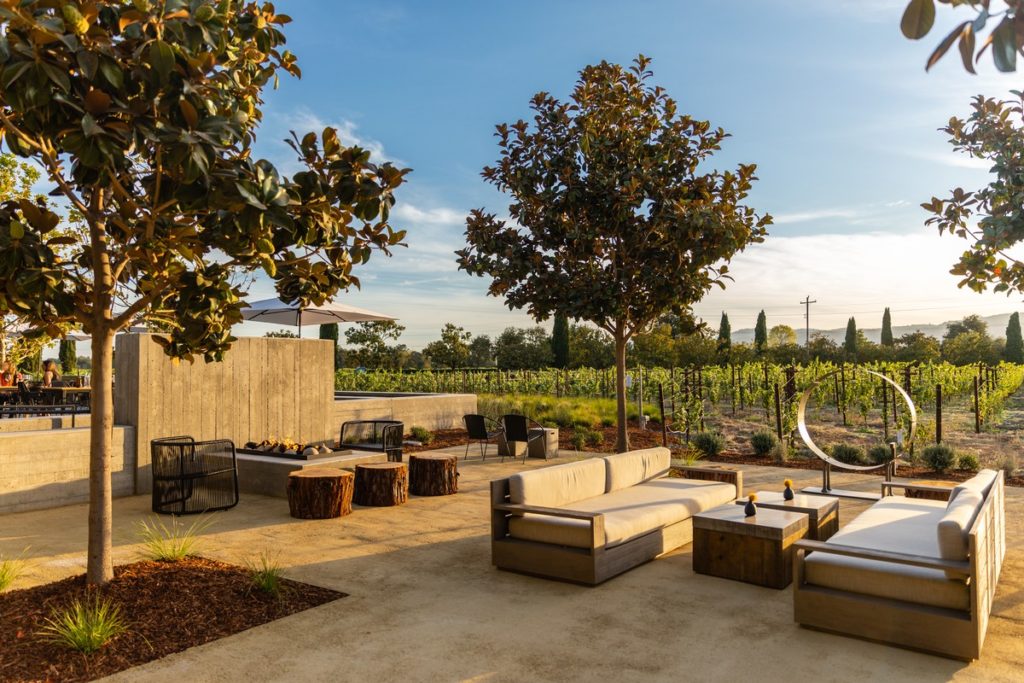GraniteCrete is excited to announce that our very own Senior Account Manager, Dave Ventura, has joined the Central Coast Chapter of the California Landscape Contractors Association (CLCA) as a board member! Dave will serve as both secretary and treasurer for the 2021 calendar year. He’`s excited to join the Central Coast Chapter’s team and looks forward to helping it grow.
What is the CLCA?
Incorporated in 1952, the CLCA was formed when three regional landscaping trade groups joined together to “protect the scope of work allowed under the C-27 [contracting] license.”
Since then, the CLCA has grown to include a variety of programs and services designed to help and support landscape contractors throughout the state. Those include statewide education efforts, an annual convention, and the Landscape Educational Advancement Foundation (LEAF) scholarship for students majoring in programs related to landscaping.
Membership in the CLCA has also expanded over the decades to include landscape architects and designers, teachers and students, government personnel, and more!
